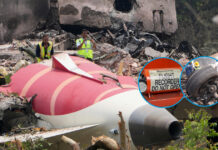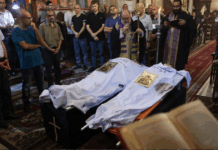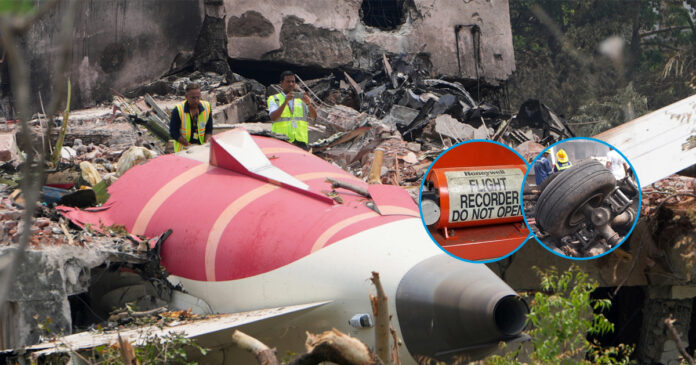A cockpit voice recording from the Air India flight that crashed last month supports the idea that the captain turned off the plane’s fuel supply, according to a source familiar with early findings by US officials.
The crash happened on June 12 in Ahmedabad, India, killing 260 people. A source told Reuters that the first officer, who was flying the Boeing 787, asked the captain why he had moved the fuel switches into a position that stopped fuel from reaching the engines. The first officer also requested that the captain restore the fuel flow.
The source, who chose to remain anonymous because the case is still being investigated, said this was based on a US assessment. However, the information isn’t in a formal report yet, and the investigation is ongoing.
There was no video recording from the cockpit that clearly shows who flipped the fuel switches. However, the cockpit dialogue points toward the captain, based on the early review.
The Wall Street Journal was the first to report this on Wednesday about what is now considered the world’s deadliest aviation accident in the last ten years.
India’s AAIB Denies Premature Conclusions
India’s Aircraft Accident Investigation Bureau (AAIB), which is in charge of the investigation, stated on Thursday: “Certain sections of the international media are repeatedly attempting to conclude selective and unverified reporting.”
They added that the investigation is still in progress, and it is too early to decide anything for sure.
Most air crashes happen due to multiple factors. As per international rules, a final report is expected within a year of the incident.
The AAIB’s initial report, released on Saturday, said that one pilot asked the other why the fuel had been cut, and the other replied that he didn’t do it.
The report did not confirm which of the two, Captain Sumeet Sabharwal or First Officer Clive Kunder, said which line. Captain Sabharwal had a total flying experience of 15,638 hours, and First Officer Kunder had 3,403 hours of flying time.
According to the report, the fuel switches were turned from “run” to “cutoff” just seconds after takeoff, one after the other. But it didn’t mention how or why they were switched.
Right after the plane lifted off, security camera footage showed that a backup energy device, the ram air turbine, was deployed, a sign that the engines had lost power.
The plane lost thrust and reached a height of 650 feet before it began to descend.
Though the fuel switches were quickly turned back to “run” and the aircraft tried to restart the engines automatically, the jet was already too low and too slow to recover, aviation safety expert John Nance told Reuters.
The report said the aircraft hit trees and a chimney before crashing into a medical college building. Nineteen people on the ground and 241 out of 242 people onboard were killed in the fireball.
Stay tuned to Brandsynario for latest news and updates





































